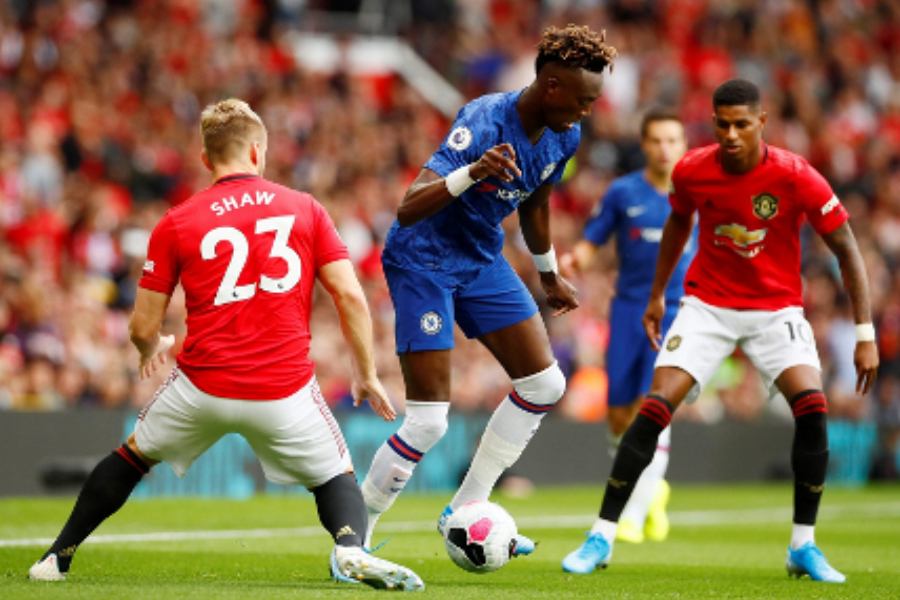The worth of the best European football leagues has increased as fans around the world become increasingly interested in their favorite football teams, players, and competitions. The commercialization of television rights accounts for the majority of the profit and loss account for the top European football teams and leagues. Broadcasters engage in a competitive bidding process for the right to broadcast European football league games and become the competition’s official rights-holder. In this background, the race to win the TV rights to the best European football leagues has turned into an epic battle for the big broadcasters.
World’s Oldest Professional Football League
The English Premier League is derived from the world’s oldest professional football league. As a result, there is a wide array of football stadiums throughout the country. Some stadiums have been around for nearly 125 years, while others are spanking new modern super arenas that can handle everything from football games to rock concerts.
When it comes to stadiums in the premier league football (บอล พรีเมียร์ ลีก, term in Thai), there is a wide range of shapes and sizes. Some stadiums are typical English in design, with a rectangular shape and steep, close-to-the-pitch bleachers, whereas others are futuristic bowl-like structures that are more popular as multipurpose corporate events. This implies that when viewers watch a league game, they never know what they’re going to get. The stadium has a big impact on how a game is played, which is why home and away matches may be so different.
In terms of TV rights value, the English Premier League has always been considerably ahead of other leagues. The EPL employs a centralized distribution scheme that distributes money from TV rights to all clubs in a fair manner, to create balance in the competition and prevent large financial disparities. When the Premier League was founded in 1992, it brought with it a new set of rules and modifications to the media rights environment. As previously stated, the new club organization was built on the foundation of a new profit-driven ethos.
New rules of Premier League
The Premier League imposed new rules in 1992, marking the beginning of a new era of media rights as the league’s power rose in the worldwide and domestic media markets. The Premier League’s debut on Sky Sports was what shifted the goalposts. The introduction of subscription-based broadcasting, which used encryption of the satellite signal as a turnstile to give viewers access, was one of the most significant technological advancements. Several other parts of the game’s coverage stood out, including the increased number of cameras erected around the ground to record the action from a variety of TV angles.
Football teams control their rights, but they allow the Premier League the authority to license them to potential buyers centrally. The Premier League’s constitution governs rights ownership and licensing, and any changes must be agreed upon by two-thirds of the teams. Some of these rights are available for clubs to use directly. The rights that may be used are stated in the club license agreement; nevertheless, clubs are not permitted to transfer these rights to third parties.




